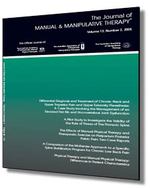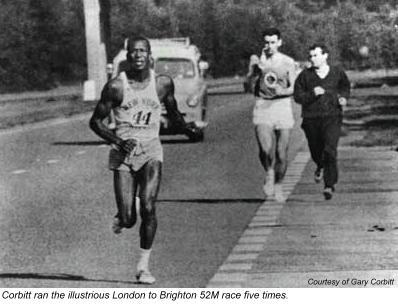The proposed changes for specialty certification in orthopaedics were sent out this week. The basic premise is a move towards a requirement for completing a Residency in order to obtain board certification. This is a model proven in the medical field, and described well here at the EIM blog.
But, John writes:
"Therefore, none of this will lead to immediate changes in compensation,
nor does having a DPT or residency training itself make you immediately
deserving of a high salary. However, standardizing our training around
a medical model with legitimate post graduate residency training that
is so common you wouldn’t seriously consider practicing as a physical
therapist without it (and no consumer would want to see a non board
certified PT), will go a long ways in improving our brand,
differentiating physical therapists as experts in managing patients
with musculoskeletal conditions. PT compensation will adjust
upwards once we lay claim to our brand…"
I agree, but in the short-term there is a real incentive problem. Is specialty certification so valuable to the individual that they are willing to lay out even more cash than they already have in obtaining a DPT in a profession with a real ceiling on income? The result of the extra training is a very, very well educated Physical Therapist, but one who probably has quite a bit more outstanding student debt with NO increased ability to repay. The answer to my question is, "not unless the process of residency training is so ubiquitous (among other specialty certifications as well) that no other way is an option."
Until that time happens, employers will need to step up and support new graduates in their residency training. The incentive for graduates is to seek out these employers.
In a sense, I stand against ANY alternative Continuing Education-based option for board certification. I know that’s the plan here, and I get that professional evolution must be a deliberate process, but until the "CEU" actually correlates with learning or evidence-based practice, we must be on guard against questionable continuing education providers.
In the mean time, I will keep promoting Residency training and hope employers and students have some sense of altruism for the evolution of the physical therapist.
ERIC






